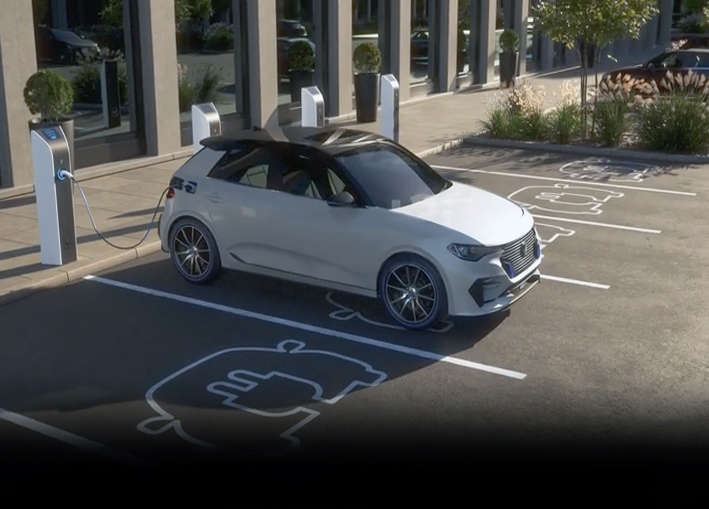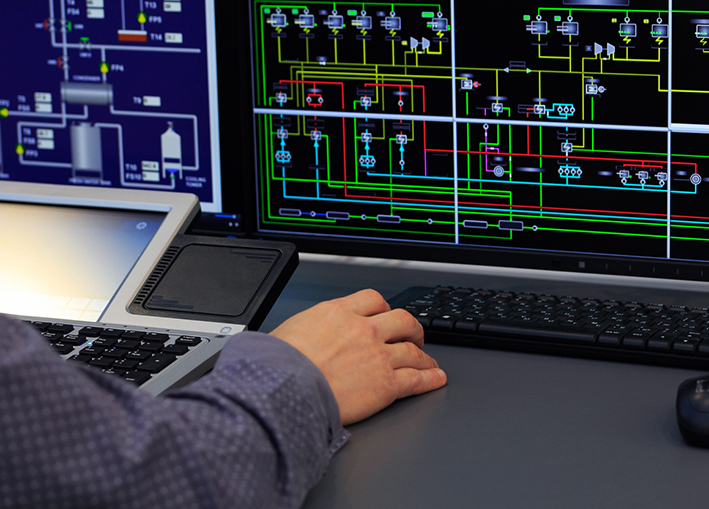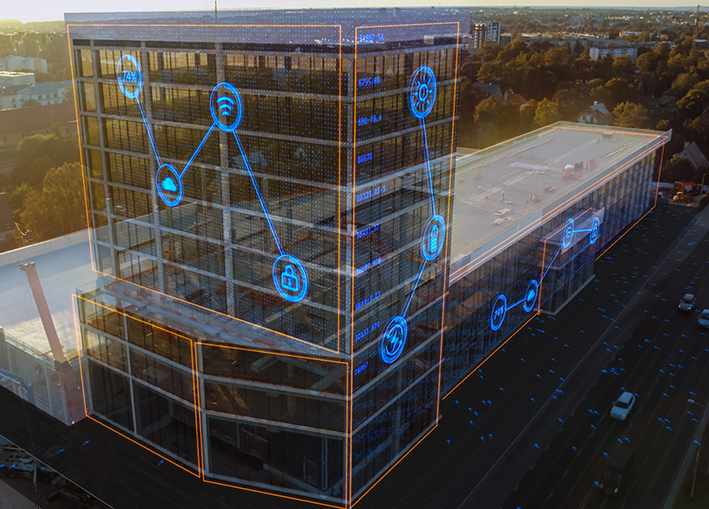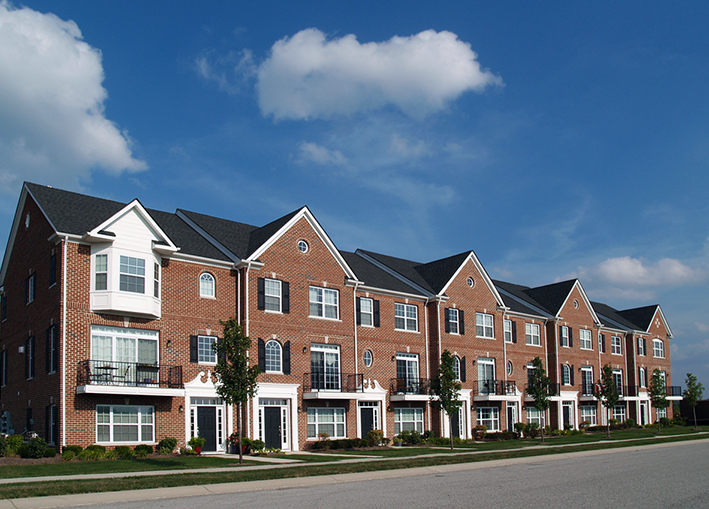Whether it is medical, dentistry, psychiatry, obstetrical, surgical, or nursing care, every healthcare facility in the US is required to comply with a number of legislations and guidelines. From the building layout and construction materials, to operations and administration, every aspect needs to conform to the hygiene, safety or privacy standards defined by various regulatory bodies. One such aspect is the electrical solutions and wiring. Since each healthcare facility depends on electrical equipment for providing critical care and preserving life, electrical solutions in the medical sector come under heavy scrutiny and regulations.
At J&S Electrical Contractors Inc., we specialize in installing and maintaining electrical distribution systems for a range of institutions within the healthcare industry. Our knowledgeable and experienced technicians are well-versed with the National Fire Protection Agency’s NFPA 99: Healthcare Facilities Code, National Electrical Code’s Article 517 – Healthcare Facilities, and other applicable state-specific regulations. Read on to know more about hospital grade or medical grade wiring and electrical designs.
Key Challenges and Solutions for Electrical Systems in Healthcare Facilities
Whether it is design, installation, or repairs, any electrical work can be quite challenging, unless the healthcare facility is new and unoccupied, or completely shut down for maintenance. The latter is highly unlikely, which means in an actively operational medical facility, at any point of time, there will be:
- Patients undergoing different treatments, procedures or surgeries
- Patients connected to life support systems or other conductive instrumentation that has direct contact with their bloodstream and internal organs
- Wet areas or other hazards within the facility, including the presence of oxygen tanks, flammable liquids, or other laboratory chemicals
Any glitch or interruption in electrical supply could prove to be exponentially dangerous and fatal in a healthcare facility. Hence, the construction and installation of electrical systems, devices and components needs to comply with strict safety regulations that minimize the possibility of fires, explosions or other electrical hazards. For example:
- Ground fault protection in the medical industry is set at a higher standard than household or industrial requirements. Branch circuits that serve the patient care areas require highly effective ground fault paths to prevent any mishaps or outages.
- Metallic objects, such as panelboards or other related equipment have to be bound safely to prevent flashovers (unintended high voltage electrical discharge) or other problems.
- Backup power and generator capabilities have to meet and exceed the Essential Electrical System specifications to ensure limited, uninterrupted lighting and power supply in the event of outages.
Similarly, there are strict norms and standards for the wiring cables, cords and other electrical components within a healthcare facility. The specifications are distinctly different in the wet areas, critical care areas, and general care areas. Here are a few highlights of electrical cabling and wiring in the medial sector:
- All healthcare facilities have to use power cords that meet the design features and specifications set by Underwriters Laboratories, also known as UL. To be UL-certified for hospital use, the assembly integrity of the receptacles goes through rigorous verification on multiple parameters, including grounding reliability, durability and strength.
- Although there are some slight differences between hospital grade and medical grade, both exceed the standards set for household and industrial units. They involve a battery of durability and conductivity tests for optimum and safe performance of the medical equipment. Usually, medical grade equipment and wiring is applicable to the patient care areas, while hospital grade devices are acceptable in other areas that do not house patients or visitors.
- Hospital grade cables come in three different types. One end cords for hardwiring into appliances, two end cords for applications with built-in connection inlets, and multi leg cords that include a splitter to support multiple receptacles.
Full-Service Commercial Electrical Solutions for Medical Sector Establishments
It is safe to say that electrical work in the medical sector is not just complex, but involves a steep learning curve. At J&S Electrical Contractors, Inc., our team of licensed and qualified commercial electricians keeps abreast of the legislations and norms that impact this industry from time to time. From design and installation to preventative maintenance and emergency 24×7 repairs, we offer efficient and affordable solutions that address all the electrical requirements for your healthcare facility.
Hire reliable, cost-effective, full-service commercial electricians to ensure that your medical systems and equipment run safely, accurately and optimally. Call J&S Electrical Contractors, Inc. at 215-633-8330, or contact us online.




